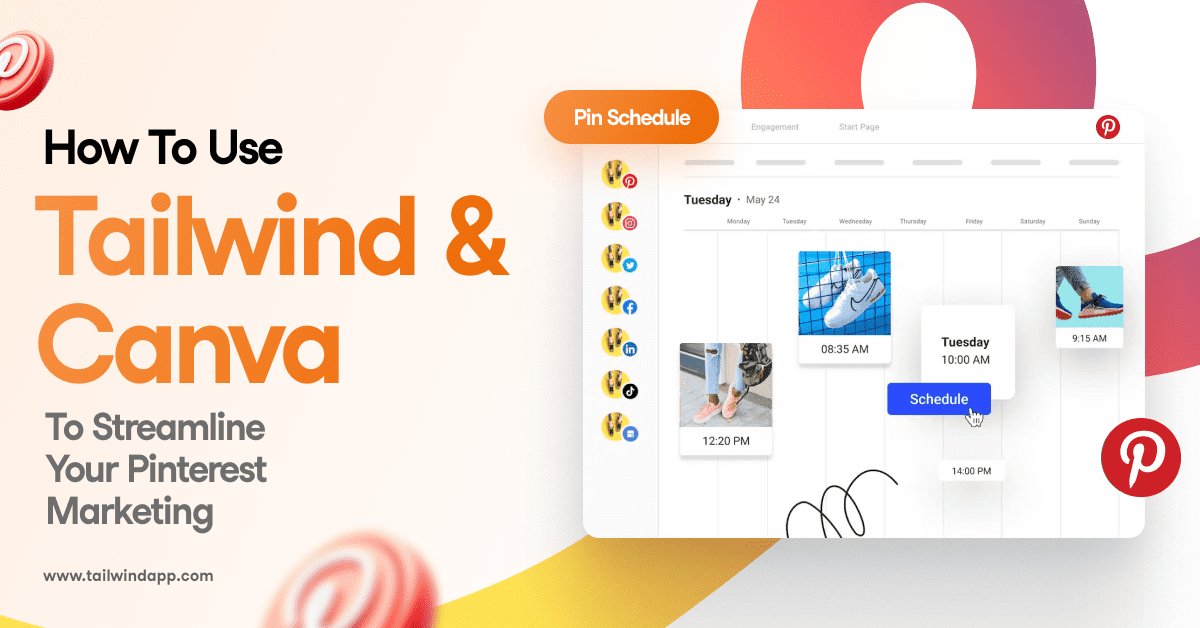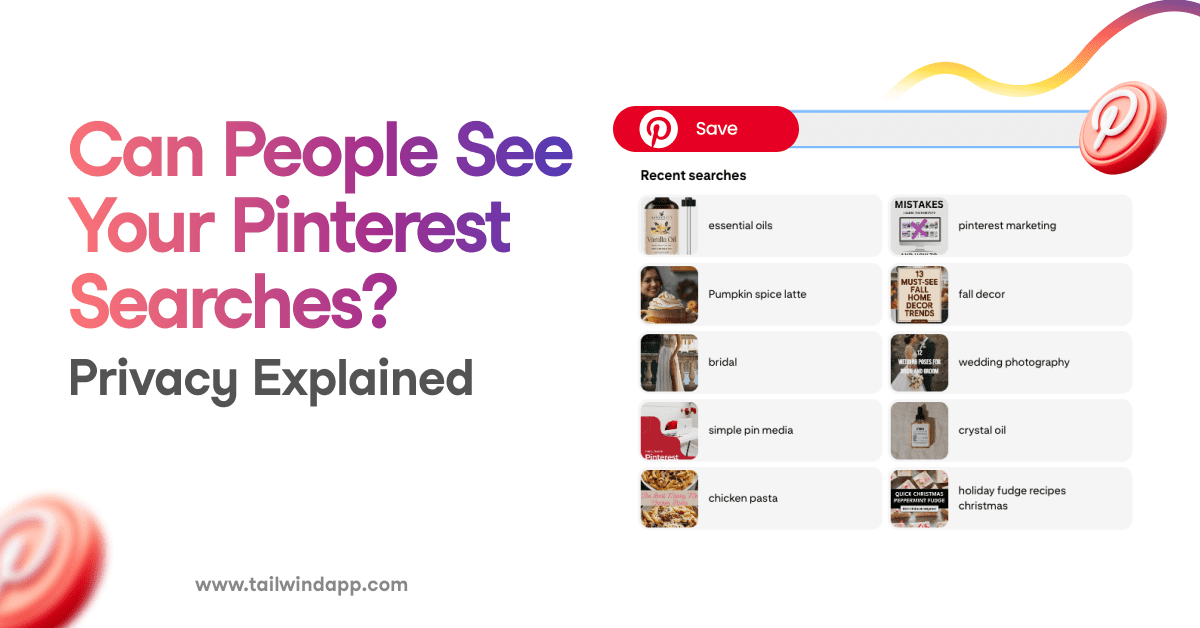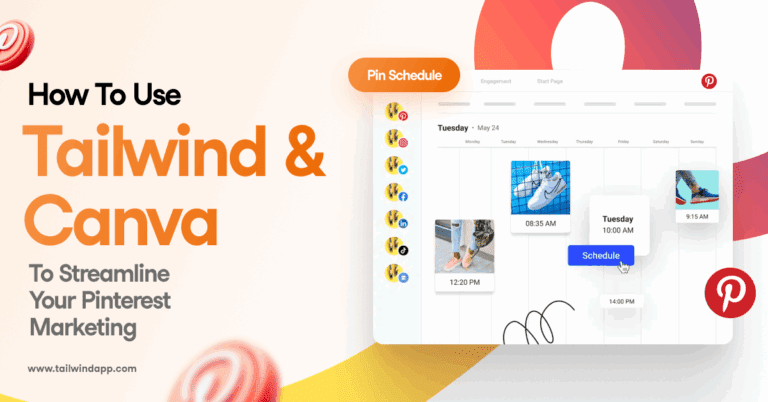
The latest iteration of the Generative Pre-trained Transformer (GPT) language model developed by OpenAI is GPT-4.
This state-of-the-art natural language processing model is capable of generating coherent and accurate human-like text, including articles, stories, and even books!
GPT-4 builds on the success of its predecessors GPT-1, GPT-2, and GPT-3 and is expected to take automated content creation to the next level.
Advancements in GPT-4 Over Previous Models
Compared to its predecessor GPT-3, GPT-4 has several new features and capabilities. One of the most significant improvements is the increase in the number of parameters.
GPT-3 has 175 billion parameters, making it one of the largest language models ever created. And we know that GPT-4 has more parameters. How many more is open to speculation, as Open AI has never released the exact number — most estimates are between one and one hundred trillion.
This increase in parameters allows GPT-4 to generate more diverse and relevant content. GPT-4 also has improved training methods, enabling it to learn from a wider range of sources and generate more accurate results.
Here are the main areas where GPT-4 is an improvement over previous versions:
- Increased accuracy: GPT-4 is expected to show even greater improvements in language understanding and prediction. This could lead to more accurate text completion, summarization, and response generation, enabling more efficient communication and enhanced user experiences.
- Reduced biases: One of the major concerns with AI models like GPT-3 has been the presence of biases in their outputs. GPT-4 focuses on addressing this issue by refining training data and algorithms to minimize the presence of discriminatory or offensive content. For example, prompts with “give me a controversial take on…” will mostly be ignored.
- Enhanced context understanding: GPT-4 better comprehends the context of user inputs, resulting in more relevant and coherent responses.
- GPT-4 is also multimodal — users can input either text or images.
- Broader applications: As GPT-4 becomes more refined, its scope of applications will expand. It could be used in various sectors. Let’s discuss some of them.
Cross-Industry Applications of GPT-4
GPT-4 is a powerful tool for a variety of industries. It can be used to create natural-sounding text, generate realistic dialogue, and complete tasks such as summarizing and translating.
For example, GPT-4 has been used to enable natural language processing (NLP) in applications such as virtual assistants and customer service chatbots. By using GPT-4, these systems can generate more natural-sounding responses and understand queries in multiple languages.
It can also be used for text summarization and document translation. By processing documents through the GPT-4 model, organizations can quickly summarize lengthy texts or translate them into multiple languages with minimal effort.
As you can see, the adoption of GPT-4 will have a significant impact across various industries:
- Digital Marketing: GPT-4’s advanced natural language processing capabilities could transform content creation and distribution, improving the speed and quality of content production.
- Healthcare: Analyze and interpret medical data, leading to more accurate diagnoses and personalized treatments.
- Finance: GPT-4 can analyze businesses and predict market trends, enabling them to make more informed investment decisions.
- Education: Transform the way students learn by providing personalized and adaptive learning experiences.
- Legal: GPT-4 could assist lawyers in legal research and writing, improving the speed and accuracy of legal work.
With this short list we did not even scratch the surface. GPT-4 is already changing industries as we know them and is being implemented into every aspect of our lives and business as you read this post.
The speed and the potential magnitude of this change is so big that recently a group of signatories wrote an open letter asking to stop AI development for 6 months.
While some see it as a reasonable request to allow the regulations to reflect this global change, others see it as a sneaky way to slow down OpenAI progress so competition can catch up.
For the purpose of this post, we will focus on the area that interests our audience the most: digital marketing.
GPT-4’s Impact on Digital Marketing
While GPT-3 was already very capable of doing the tasks listed below, GPT-4 builds upon it and provides a significant improvement.
- Search engine optimization (SEO): GPT-4 can make the life of SEO specialists easier by generating keyword lists, content calendars, H2/H3 structures, and outlines of relevant content optimized for search engines. This could lead to increased website traffic and higher search engine rankings.
- Performance marketing: GPT-4 can help businesses improve the effectiveness of their PPC campaigns by generating compelling ad copy that resonates with their target audience.
- Email marketing: It can improve the effectiveness of email marketing campaigns by generating personalized and engaging email content that resonates with subscribers.
- Social media marketing: Here it can help businesses manage their social media accounts more effectively by generating engaging posts and responses to customer inquiries.
- E-commerce marketing: Optimize e-commerce sites by coming up with product descriptions, reviews, and other content.
As with the previous list of industries, it is impossible to list all the things that GPT-4 can help with!
Businesses are exploring different ways to use GPT-4’s natural language processing capabilities to their advantage, and the possibilities are truly endless.
The main takeaway is that GPT-4 is an incredibly powerful tool that can be used to automate large parts of digital marketing for businesses.
Learning to interact with GPT-4 or to use tools that do that interaction for you should be job #1 for marketers this year.
Pros and Cons of GPT-4 in Copywriting
Given the capabilities of GPT-4, it would seem that content marketing and copywriting are natural applications for the technology. It is true…to an extent.
One of the biggest pros of using GPT-4 in copywriting is that it can automate a lot of tedious tasks.
For instance, if you have a large catalog of products to write about or need to create multiple copies for different channels, GPT-4 can be used to generate unique content quickly.
On the other hand, there are some drawbacks to using GPT-4 for copywriting.
For one thing, it lacks the creativity and insight that comes from a human writer.
But even more importantly, GPT-4 is not a specialized tool.
It does many things, and it does them very well. But it lacks some of the depth and features of a tool that would be focused purely on copywriting.
Working with Tailwind’s Ghostwriter
Software tools can shoulder the burden of refining GPT’s outputs for you.
Using products that specialize in applying the GPT-3 or -4 technology to YOUR industry is the way of the future.
Our Ghostwriter tool starts where the capabilities of GPT-4 end. Ghostwriter is a content generation tool that understands the nuances of writing. It can generate unique, compelling content in seconds and help you create high-quality copy quickly and easily.
Ghostwriter combines state-of-the-art Natural Language Processing (NLP) technology with advanced algorithms to produce human-like copywriting — without sacrificing quality.
It takes care of all the tedious parts of content creation like brainstorming, researching, and fact-checking so you can focus on the creative side of writing.
The tool helps you create content that engages your readers by making them feel as though they’re reading something written specifically for them. It also ensures that every piece of content is unique and original.
Preparing for the Future of Copywriting with AI
The future of copywriting is rapidly changing with the advent of AI-driven tools. Here are some key steps businesses can take to prepare for the future of copywriting:
- Embracing AI-driven tools: To stay competitive in the digital age, businesses must embrace the use of AI-driven tools to streamline their content creation process and improve the quality of their content.
- Upskilling and reskilling copywriters: Businesses should invest in upskilling and reskilling their copywriting teams to ensure they are able to produce high-quality content.
- Building an AI-driven content strategy: To make the most of AI tools like Ghostwriter, businesses need to identify the type of content they want to create and build an AI-driven content strategy that caters specifically to their audience. At the same time, they must keep in mind that in the AI era the unique brand voice of every company is now more important than ever.
- Complying with best SEO practices: Google has said that it won’t penalize quality AI content just because it has AI authorship. But the AI content still must meet Google’s high standards.
- Adapting to changing consumer behavior and expectations: As AI-driven content creation tools like GPT-4 become more widespread, consumers may come to expect a certain level of quality and personalization in the content they engage with. Businesses will need to adapt to these changing expectations and use AI-driven tools to create personalized, high-quality content that resonates with their target audience.
GPT-5: A Glimpse into the Future
AI development does not stop, so if you thought that we will stay with GPT-4 for a bit, you are wrong.
OpenAI’s GPT-5 is set to take the stage and we can expect even better results from it!
- Integration of AI technologies: GPT-5 may go beyond natural language processing and integrate other AI technologies, such as computer vision and reinforcement learning. This would enable more comprehensive AI systems that could understand and interact with the world in a more holistic manner.
- Human-like interactions: GPT-5 might be able to mimic human-like behaviors and emotions more effectively, allowing for more natural and engaging interactions between AI and users. This could lead to more widespread adoption of AI technologies in daily life.
- Ethical considerations: As AI models become more advanced, there will be an increased focus on the ethical implications of their use. GPT-5 development will likely involve stricter guidelines and frameworks to ensure the responsible deployment of AI systems.
- Customization and personalization: GPT-5 may offer more personalization options, tailoring its responses to individual users’ needs and preferences. This would allow AI to provide a more customized experience, further increasing its utility.
- Real-time, multi-modal AI interactions: GPT-5 could potentially enable seamless, real-time interactions across different modalities such as text, voice, and even images or video, allowing for richer communication experiences.
- Enhanced creativity: With an even more powerful language model, GPT-5 may demonstrate greater creative capabilities in areas like storytelling, poetry, music composition, and art generation, fostering new avenues for collaboration between humans and AI.
- More robust common sense reasoning: GPT-5 may be able to better understand and reason about the world, making it more adept at tasks that require common sense and general knowledge. This could lead to more intuitive and useful AI-driven assistance in various domains.
- Autonomy and adaptability: GPT-5 might possess greater autonomy and adaptability, allowing it to learn from its interactions with users and the environment. This could result in AI systems that continuously improve over time and are better equipped to handle unexpected situations.
- Collaborative AI: GPT-5 could potentially lead to the development of more collaborative AI systems that can work together with humans and other AI agents to solve complex problems, combining the strengths of both human intelligence and machine learning.
It is important to note that these are speculative possibilities based on the current trajectory of AI advancements. As GPT-5 and other future AI models are developed, researchers will likely uncover new and unexpected opportunities as well as face unforeseen challenges. The future of GPT-5 and AI in general is full of potential, but its exact trajectory remains to be seen.
Conclusion
While GPT-4 is changing the landscape of natural language processing, GPT-5 is likely to be even more revolutionary.
With its advances in unsupervised learning and its ability to generate text that meets human standards, the opportunities it provides for both researchers and businesses are immense.
The world around is changing quicker every day, but one thing is certain. It is not a question of “if” you will start using AI tools to help your business, but when.
And our suggestion is to start sooner rather than later.





